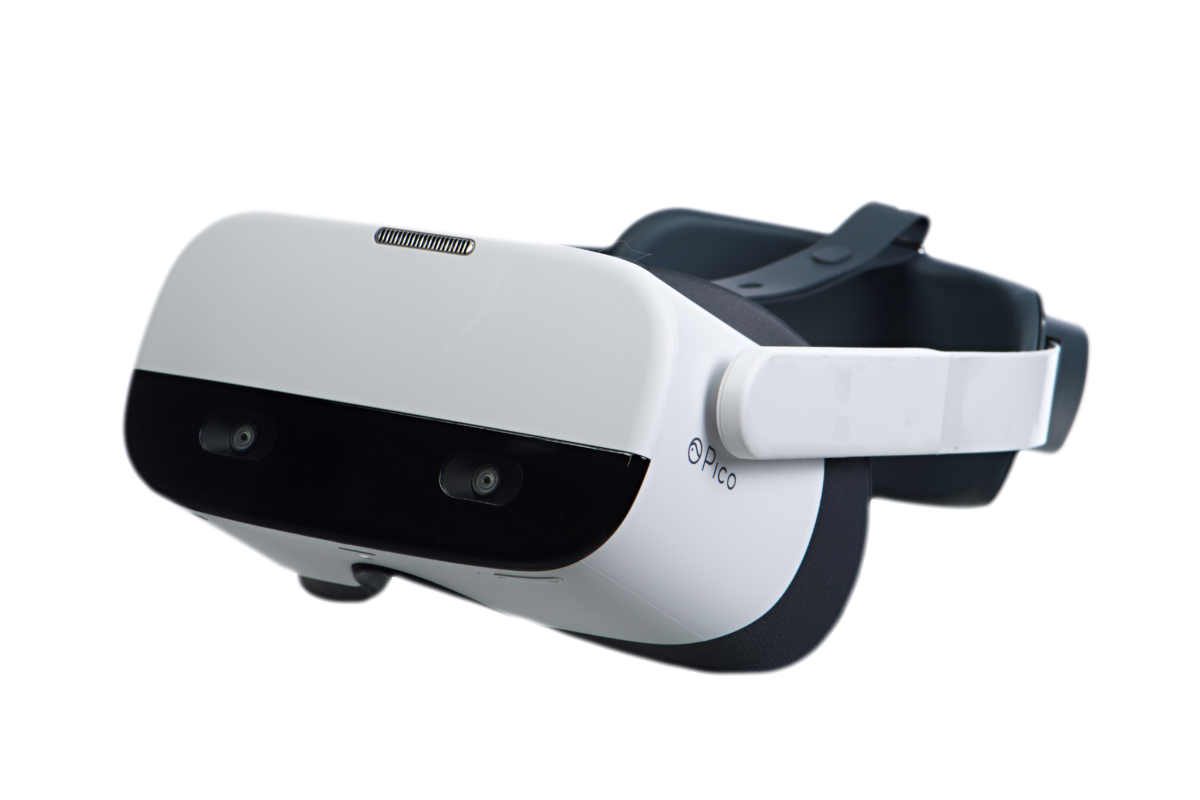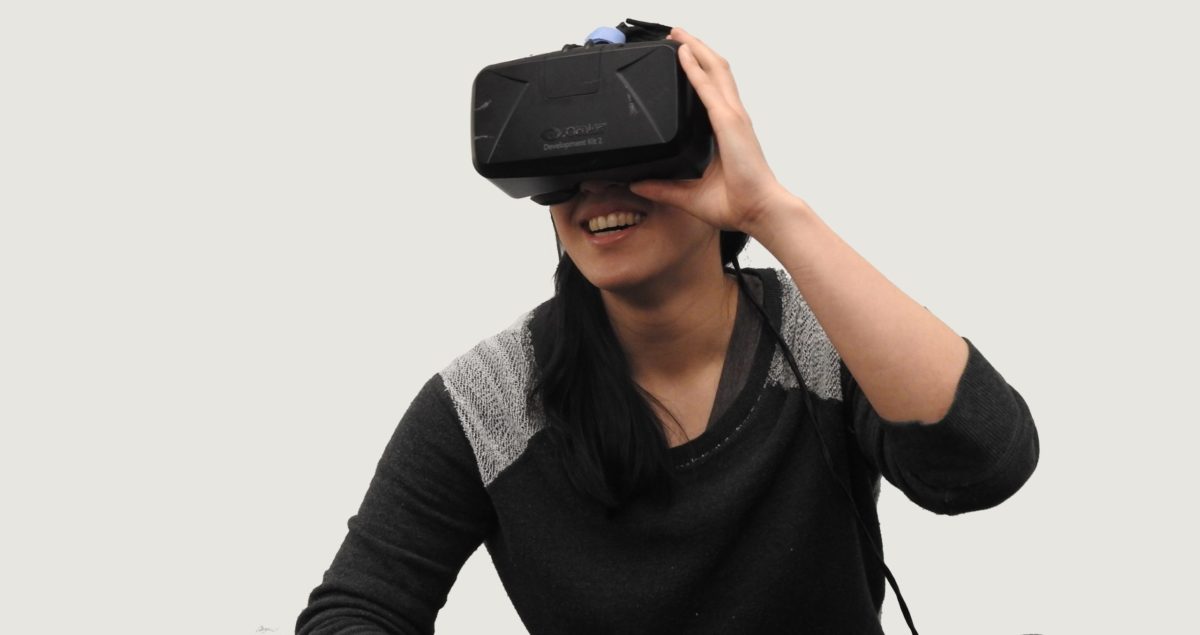The dynamics of the current workforce — including training needs — are evolving at a rapid pace. The technology evolution has sped up dramatically, and the adoption of new virtual technologies like extended reality (XR) training has never been more valuable.
Industries such as health care, manufacturing, construction, and public safety are experiencing an uptick in adopting these technologies with little sign of stopping. MarketDigits predicts growth to continue globally, with XR experiencing significant expansion within the next five years.
XR Training Advances
Advancements in extended reality technologies are positioned to transform the way we train. The question is, how can you ensure you’re getting the greatest return on investment (ROI) and optimizing XR training cost-effectiveness? Though training that engages.
Effective training programs depend on individuals actually learning what is being taught. Low quality, inadequate training can cost your organization more than just money.
With an average attention span of fewer than eight seconds, implementing engaging training methods is more critical than ever.
What is XR?
Extended reality (XR) refers to the confluence of three technology areas: Augmented Reality (AR), Virtual Reality (VR), and Mixed Reality(MR). When used in combination, they provide an enhanced user experience primarily focused on consumer applications and gaming. Increased interest, research, and development have driven growth in XR training opportunities in areas such as public safety, medical, manufacturing, and other environments.
How XR Training Can Improve Employee Performance and Retention?
Comprehensive employee training that makes an impact is essential for business success. Navigating the evolving work environment is more of a challenge than ever before, and many companies are falling short of successfully adapting their training programs.
Reduced Turnover
With roughly 40% of employees who did not receive practical, engaging training leaving their post within one year, it’s easy to appreciate the value of training on employee retention. Not only do employees have a greater sense of job fulfillment that accompanies doing a job well, but they are also more likely to invest in a company that has invested in them.
Heightened Accuracy
XR training supports increased learner recall and strengthens the “learn-by-doing” approach favored by many education experts, making it arguably the most effective procedural skill or knowledge acquisition method.
Fewer Accidents and Fatalities
When current and future employees have access to practice in environments that allow for errors and mistakes that would otherwise prove damaging or, worse, fatal, students can focus on learning. By removing the genuine threat of accidents or fatalities, students can learn by doing in every situation, especially those that cannot safely be recreated in a workplace or educational setting.
Enhanced Soft Skills and Diversity Awareness
Soft skills, such as networking, negotiation, public speaking, and diversity communication, are growing in demand but can often prove challenging to successfully teach.
XR allows employees to experience simulations focused on soft skill acquisition and enhancement.
Diversity training with XR simulations can help diminish unconscious bias while improving overall employee engagement and communication, especially when tackling subtle non-verbal cues.
XR Training Cost-Effectiveness: Measuring ROI for your XR training programs
Augmented, virtual, and extended reality are becoming the chosen method for many organizations pursuing immersive training technologies. And with an 8.8% improvement in recall accuracy over traditional non-immersive learning styles, it’s easy to understand why. XR training cost-effectiveness and ROI go beyond safety and employment retention.
Become Competent Faster
Regardless of your sector, operational success boils down to a straightforward business reality: bring in more money than you send out. Increasing the speed at which new employees become competent or existing employees learn new skills will also increase your overall bottom line, and XR does just that. XR improves employee performance by up to 70% while reducing training time to achieve competency by 40%.
Increased Efficiency In Resource Allocation
Through XR, organizations can provide extensive knowledge transfer from subject matter experts to onboarding employees without pulling your SMEs away from their work. XR allows for comprehensive knowledge capture and global sharing abilities without downtime or incurring substantial travel and associated costs.
There’s a reason Star Trek placed an XR emergency medical hologram on all Federation vessels in the Voyager universe: they could be in every ship at once without compromising knowledge or learning integrity. Employees can access expert advice and guidance when and where they need it, without time lost to countless email chains or flipping through thousand-page printed manuals.
Reduced Operational Downtime and Expenses
Not all industries are created equal. Some business sectors can thrive with strictly instructor-led educational scenarios, while others demand practical, hands-on training. This can disrupt the work environment and require significant chunks of operational downtime in addition to moving–and retrofitting–specific equipment and technologies to support training requirements, costing you time and money.
XR training eliminates the need for a real-world, brick-and-mortar training environment and operational downtime it requires. It also allows for trainees to complete simulations in high-risk situations without compromising safety.
XR training technologies allow employees to safely gain the skills and confidence they need to safely work with heavy machinery or combustibles while learning in a danger-free environment. This carries over into the work environment with organizations like Ford, reporting a reduction in workplace injuries by 70% because of AR/VR training.
Positive Company Image
Implementing XR training is becoming an indicator of organizations with a growth and progress-oriented mindset. Big brands like Ford, Delta, and AT&T are leading the business world as industry innovators by using VR, MR, and AR technologies for their training programs. By inserting your company into this group of top-tier players, you’re letting everyone–including potential employees–know that you’re focused on the future. Potential employees, especially millennials, want to work for and stay with companies with a positive company image and an eye to the future, including training.
XR training as part of an employee education program offers a highly scalable framework that can be customizable for each office, branch, or individual learner, while delivering unlimited employee training and development opportunities.
With PIXO, enterprise clients across any industry can now quickly gain access to fully immersive & interactive, ready-to-use VR content. PIXO allows users to distribute VR content to numerous endpoints and thousands of devices and users and manage everything globally—from content to user permissions—all with one web-based portal: PIXO Apex.

PIXO Has Improved VR Management to One Easy Step

